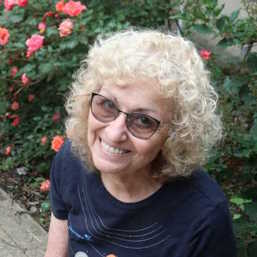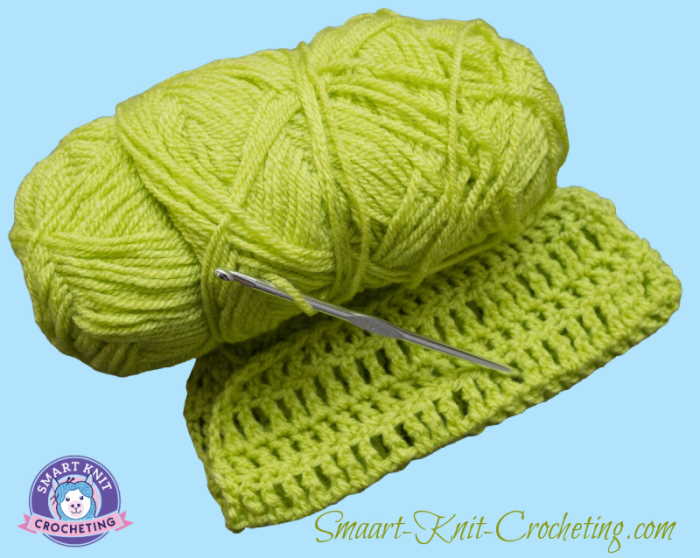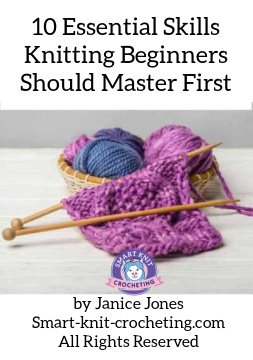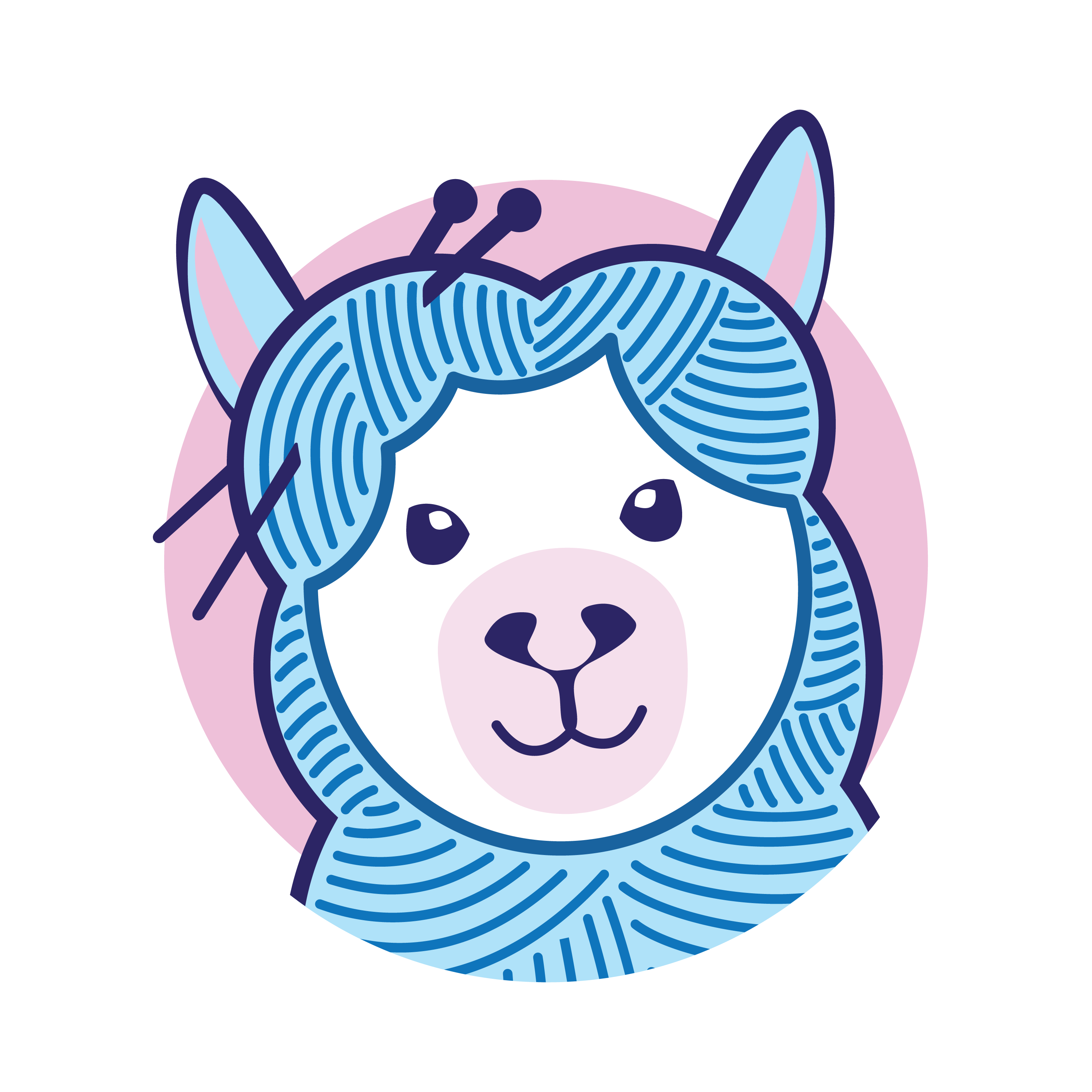- Home
- Crochet Stitches
- Crochet Bean Stitch
Crochet Bean Stitch
Crochet Bean Stitch by Janice Jones
Have you added the crochet bean stitch to your crochet bag of tricks? If not, let me convince you to do so for several reasons:
The crochet bean stitch is a textured stitch made by repeatedly inserting the hook into the same stitch, pulling up loops, and completing with a single yarn-over and pull-through. It is reversible and very beginner-friendly. It creates a soft, puffy pattern ideal for scarves, blankets, and accessories.
Table of Contents
- What Makes the Bean Stitch So Special?
- How to Crochet the Bean Stitch (Step-by-Step)
- Tips for Success with the Bean Stitch
- Beyond the Basics: Variations & Advanced Ideas
- Projects Using the Bean Stitch
- FAQs About the Bean Stitch

What Makes the Bean Stitch So Special?
- Easy to Learn: The bean stitch only uses single crochet (sc) and half double crochet (dc) stitches, making it perfect for beginners.
- Reversible Texture: The stitch creates a beautiful, textured fabric that looks identical on both sides, making it ideal for blankets, scarves, and other projects where both sides will be visible.
- Dense and Warm: The tight weave of the bean stitch creates a warm and cozy fabric, perfect for cold-weather accessories and home décor items.
- Versatile for Projects: The bean stitch can be used for a wide variety of projects, from blankets and scarves to bags and washcloths. My favorite is a simple cowl worked entirely with these “slanted Puff Stitches.”
How to Crochet the Bean Stitch (Step-by-Step)

What You’ll Need
- Crochet hook – Size H/5.0mm (or size recommended for your yarn)
- Medium (worsted) weight yarn – Cotton or acrylic recommended
- Yarn needle – For weaving in ends
- Sharp scissors
Abbreviations
ch - chain
sc - single crochet
hdc – half double crochet
Sts – stitches
BC – Bean Stitch
Skills Needed for the Crochet Bean Stitch
- How to hold the hook and crochet yarn
- Slip stitch and chain
- Single Crochet Stitch
- Half double Crochet
- Weave in ends
Instructions for the Bean Stitch
- Insert the hook into the stitch and pull up a loop. (You’ll have 2 loops on the hook.)
- Yarn over, insert the hook into the same stitch again, and pull up another loop. (Now 4 loops on the hook.)
- Repeat: Yarn over, insert the hook a third time into the same stitch, and pull up a final loop. (Now 6 loops total.)
- Yarn over and pull through all 6 loops on the hook in one motion.
- Chain 1 to secure and finish the bean stitch.
Tip: Keep your tension loose. Pulling through all 6 loops is much easier if you don’t crochet too tightly.
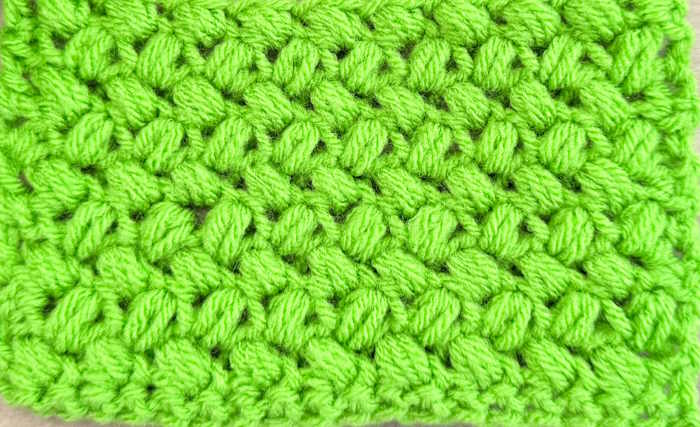
Notes
- All instructions are written in US Terms.
- The half-double crochet stitches at the beginning and end of the row provide a border that makes the edges tidy.
Tips for Success with the Bean Stitch
Tension: Each bean stitch will look best if you pull up loops that are identical in size.
Counting Stitches: Counting your stitches at the end of each row will help you stay on track and avoid mistakes.
Practice Makes Perfect: Don't be afraid to experiment and practice the stitch until you feel comfortable. As the saying goes, if you don’t succeed first, try again. This is particularly important if you plan to make a large project such as a blanket.
Projects Using the Bean Stitch
The bean stitch's versatility makes it suitable for a wide array of projects:
Blankets and Afghans: Its dense texture provides warmth and comfort.
Scarves and Cowls: The reversible design looks great from every angle.
Bags and Purses: The stitch creates a sturdy fabric that holds its shape well.
Washcloths and Dishcloths: The textured stitch is perfect for scrubbing, especially if you want a little soft texture on your face.
Pot Holders and Trivets: The dense
fabric provides insulation. Still, combining this stitch with a flat textured
crochet pattern, such as the single crochet stitch, is recommended for a fully
insulated potholder that won’t burn your hands.
Beyond the Basics: Variations & Advanced Ideas
Once you've mastered the basic bean stitch, you can explore variations and combinations to create unique textures and designs.
May I suggest you try the half double crochet puff stitch, bobble stitch or popcorn stitch. All of these patterns offer texture and design elements to your project.
FAQs About the Bean Stitch
What is the crochet bean stitch?
The bean stitch is a textured crochet stitch made by inserting the hook multiple times into the same stitch, pulling up loops, and finishing with a single yarn-over and pull-through. It creates a puffy, raised texture that resembles small beans.
Is the bean stitch beginner-friendly?
Yes! It’s great for confident beginners who are already comfortable with single and half double crochet. The bean stitch is a fun way to explore texture.
What projects are good for the bean stitch?
The bean stitch is perfect for washcloths, scarves, hats, handbags, and blankets. It adds thickness and visual interest to crochet projects.
What yarn works best with the bean stitch?
Worsted or DK weight yarn works best. Avoid fuzzy yarns like mohair because they hide the stitch definition. Use a slightly larger hook than usual to make the texture pop.
What’s the difference between a bean stitch and a puff stitch?
They’re similar, but not the same. The bean stitch uses a unique “insert and pull-up loop” sequence, followed by a chain. The puff stitch usually has multiple yarn overs and is taller and rounder.

